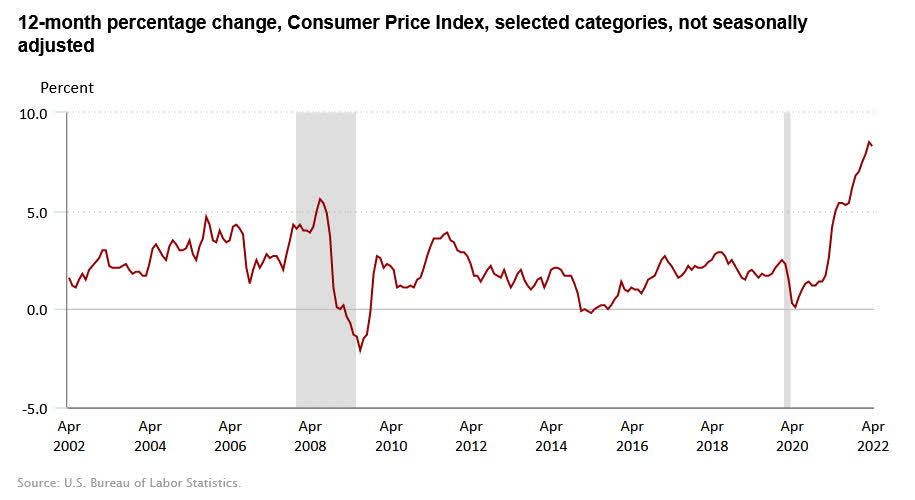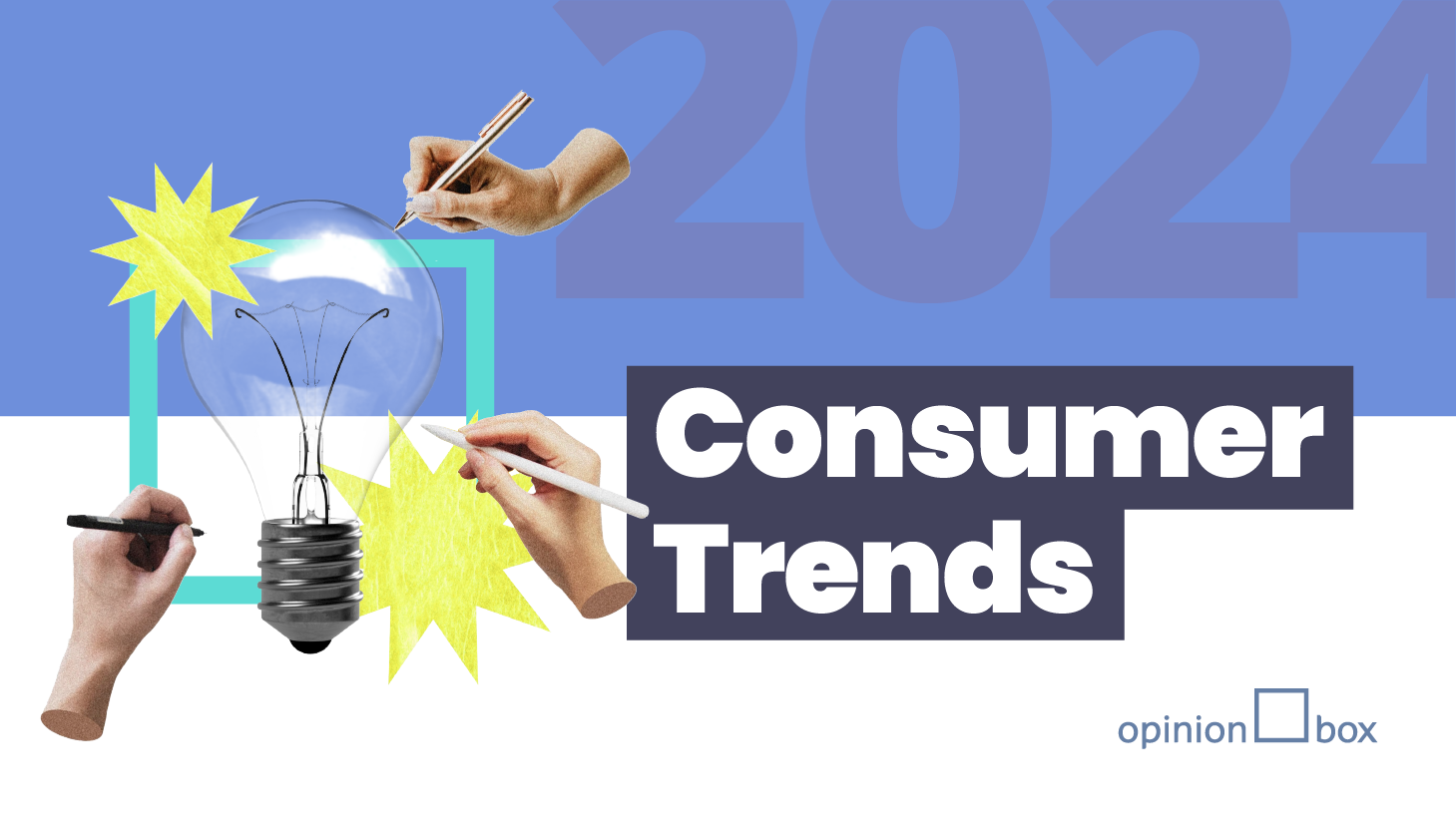Table of Contents
- Navigating the evolving consumer landscape: New Statista whitepaper ...
- 알라딘: 미리보기 - 2024 Consumer Trend Insights
- Consumer Trends 2024 - Opinion Box
- Euromonitor’s Global Consumer Trends 2024 - Громадська спілка
- Top Global Consumer Trends 2024!
- Prediction of Indonesian Consumer Behavior 2024
- Flash estimate of the Consumer Price Index: March 2024 | Forex Factory
- Consumer Price Index: June 2024 Brings the Second Consecutive Month of ...
- Consumer Price Index April 2024 - Aimee Raynell
- Consumer Trends Review 2024 Corporate - JapanConsuming



Introduction to Consumer Prices and Inflation


Current Trends in Consumer Prices and Inflation


Key statistics include:
- Average Annual Inflation Rate: The average annual inflation rate in the U.S. over the past decade has been around 2%, which is close to the Federal Reserve's target inflation rate of 2%.
- Consumer Price Index (CPI) Growth: The CPI has shown steady growth, reflecting the increase in consumer prices. However, the rate of growth has varied from year to year, influenced by factors such as energy prices, housing costs, and food prices.
- Sectoral Inflation Trends: Different sectors of the economy experience inflation at varying rates. For instance, healthcare costs have consistently risen faster than the overall inflation rate, while the prices of certain consumer goods, such as electronics, have decreased due to technological advancements and global competition.


Impact of Inflation on Consumers and the Economy
Inflation has a dual impact on the economy and consumers. On one hand, moderate inflation can indicate a growing economy with increasing demand for goods and services. On the other hand, high inflation can erode the purchasing power of consumers, particularly affecting those on fixed incomes or with savings that do not earn interest rates keeping pace with inflation.Strategies to manage the impact of inflation include:
- Diversified Investments: Investing in assets that historically perform well during periods of inflation, such as stocks or real estate, can help protect wealth.
- Index-linked Savings: Some savings accounts and bonds offer returns that are linked to inflation, ensuring that the purchasing power of savings is maintained.
- Budgeting and Financial Planning: Consumers can mitigate the effects of inflation by closely monitoring expenses, prioritizing needs over wants, and planning for future price increases.
For the most current data and detailed insights, visiting the official websites of the Bureau of Labor Statistics (BLS) and the Federal Reserve is recommended. These resources provide comprehensive information on consumer prices, inflation rates, and other economic indicators, helping to paint a clearer picture of the U.S. economy's performance and future outlook.